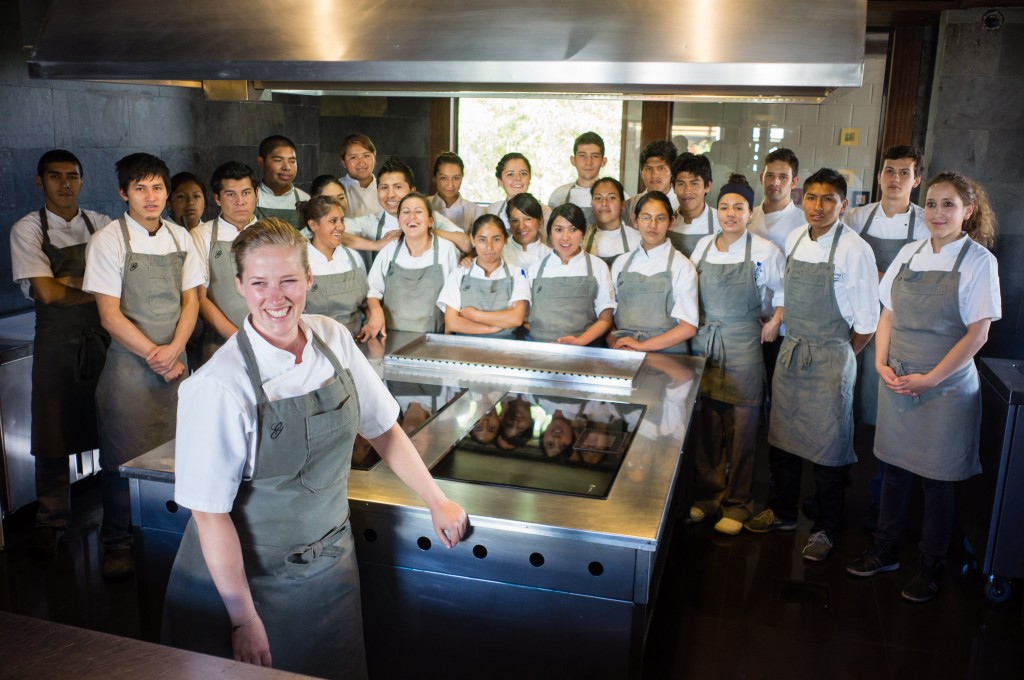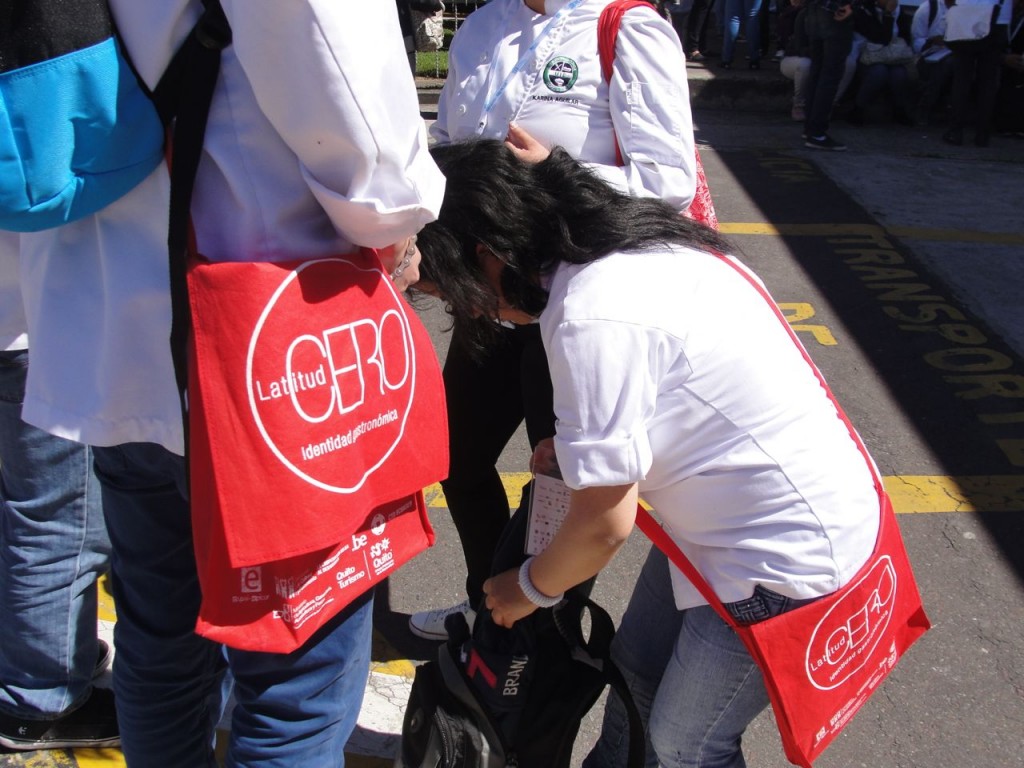This Article was originally published on news.mongabay.com. Sofía Rubio was eight years old when she decided she wanted to be a biologist. “I would skip school to go to the woods with my father or mother,” who did research in what is now the Tambopata National Reserve in the southeastern Peruvian Amazon, she says. Today, dressed in a white lab coat, her ponytail caught up under a green hair net, Rubio hovers over a table, weighing Brazil nuts. But she’s not cloning them […]
Read More… from Innovating Brazil nuts: a business with roots in the rainforest











